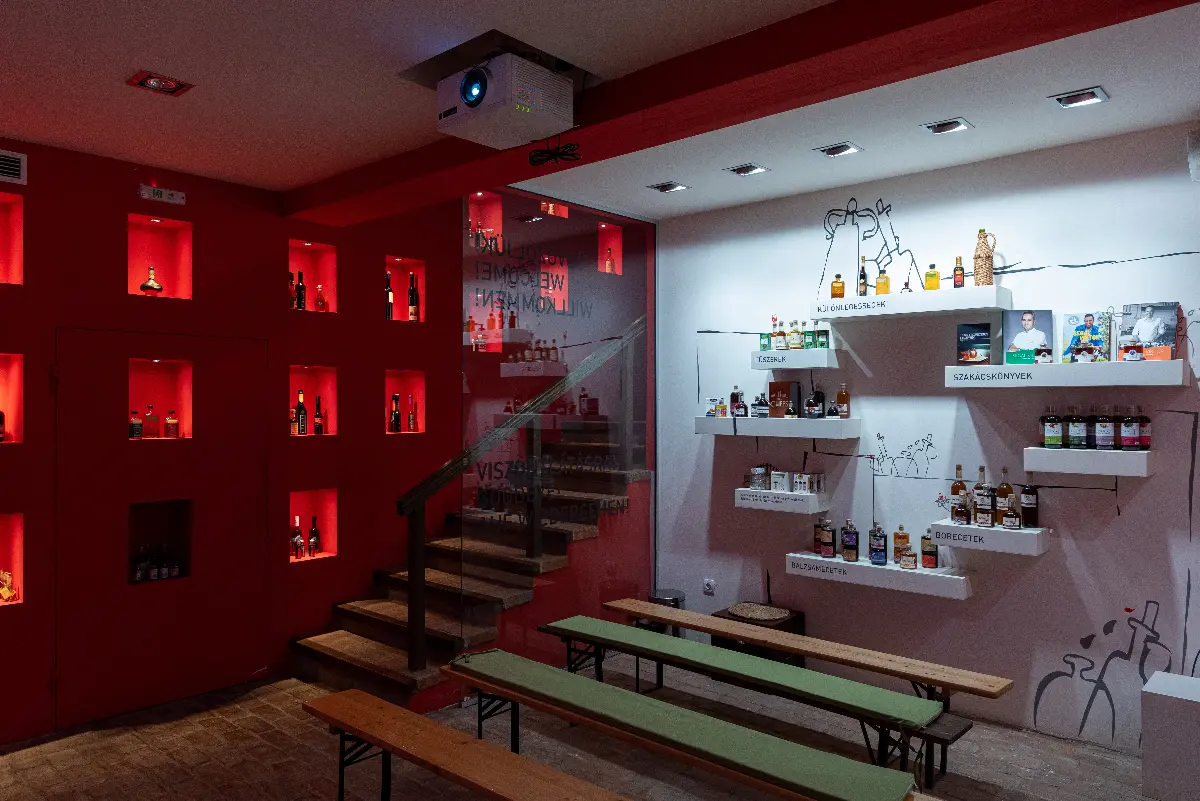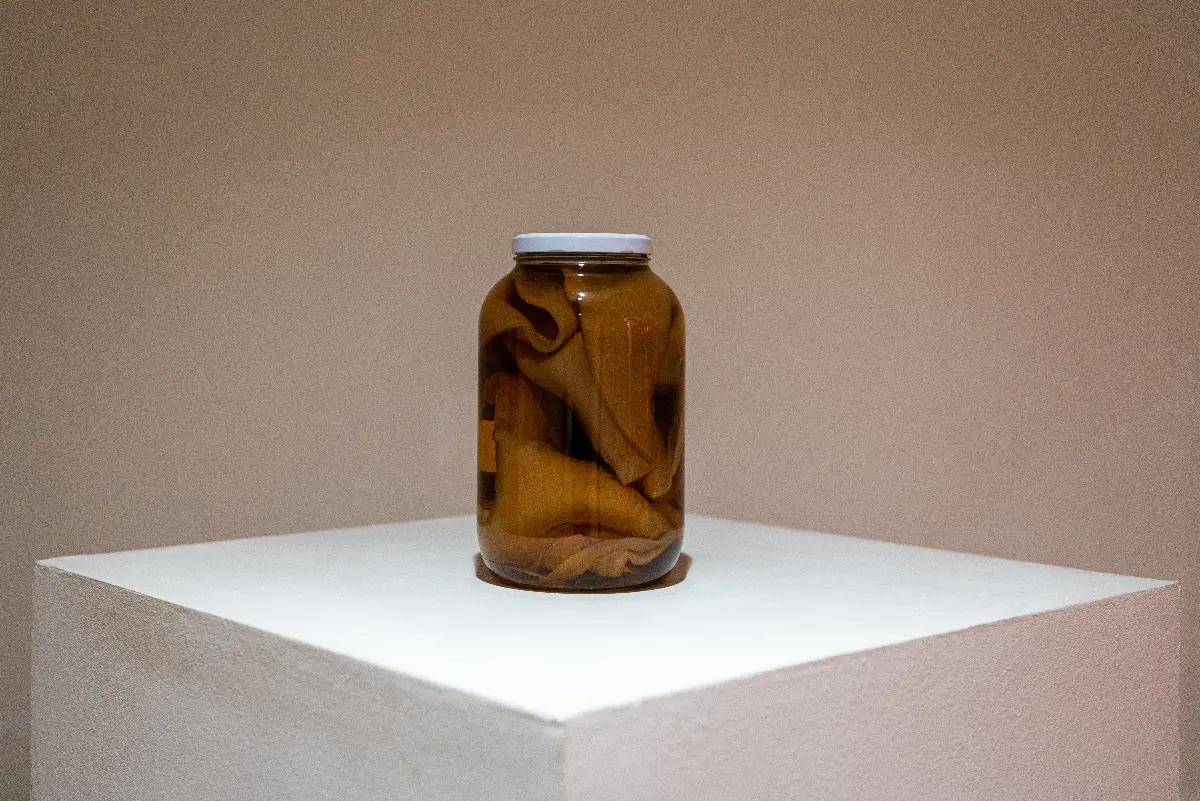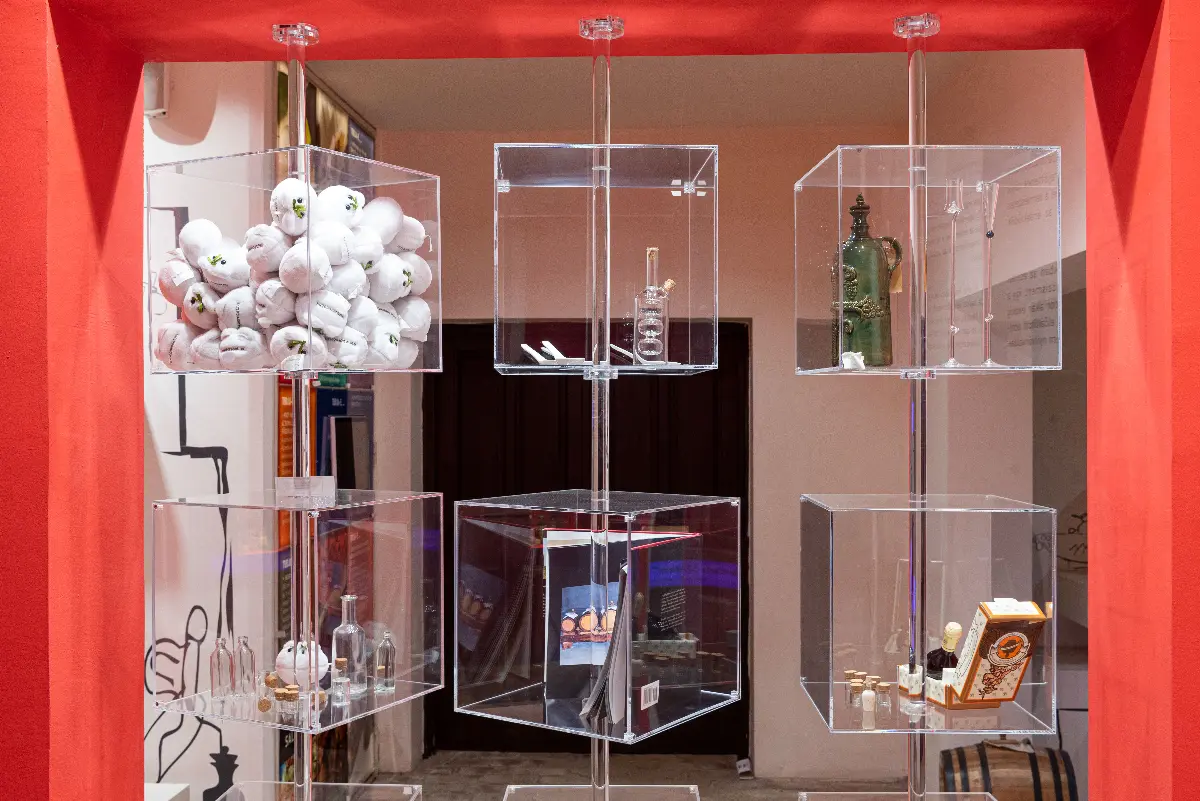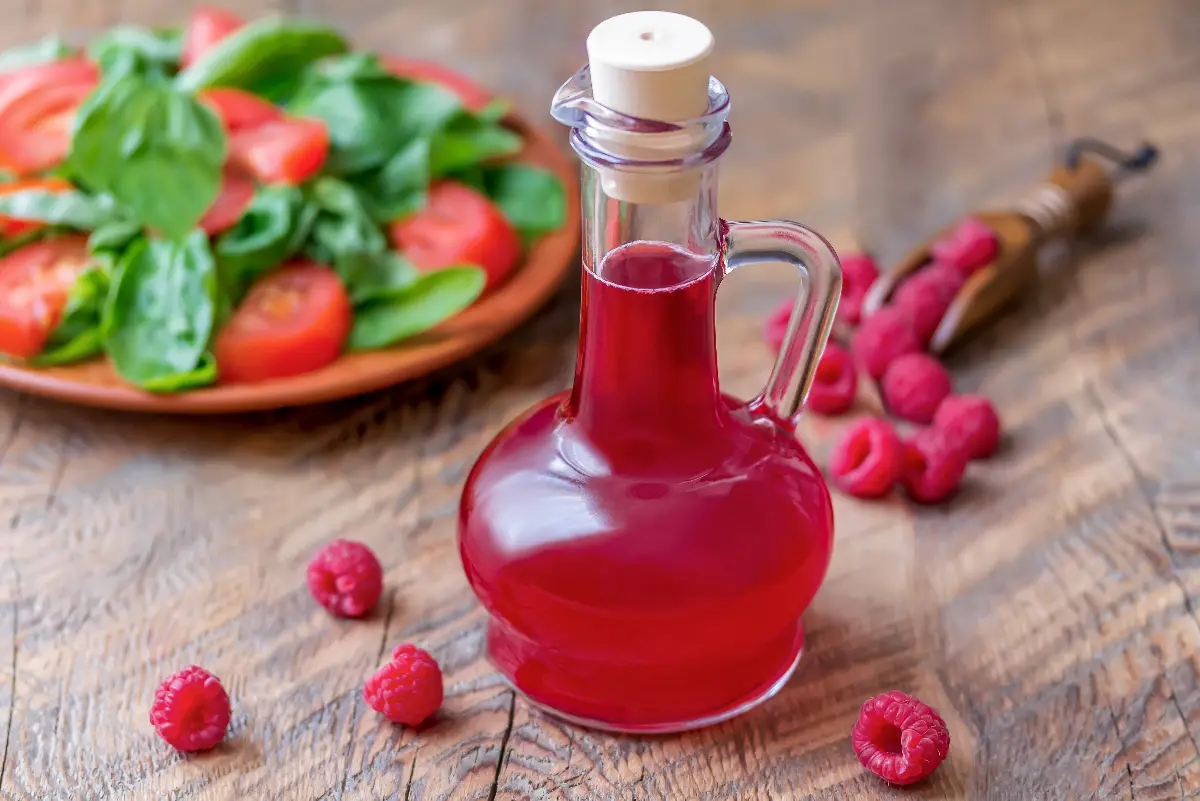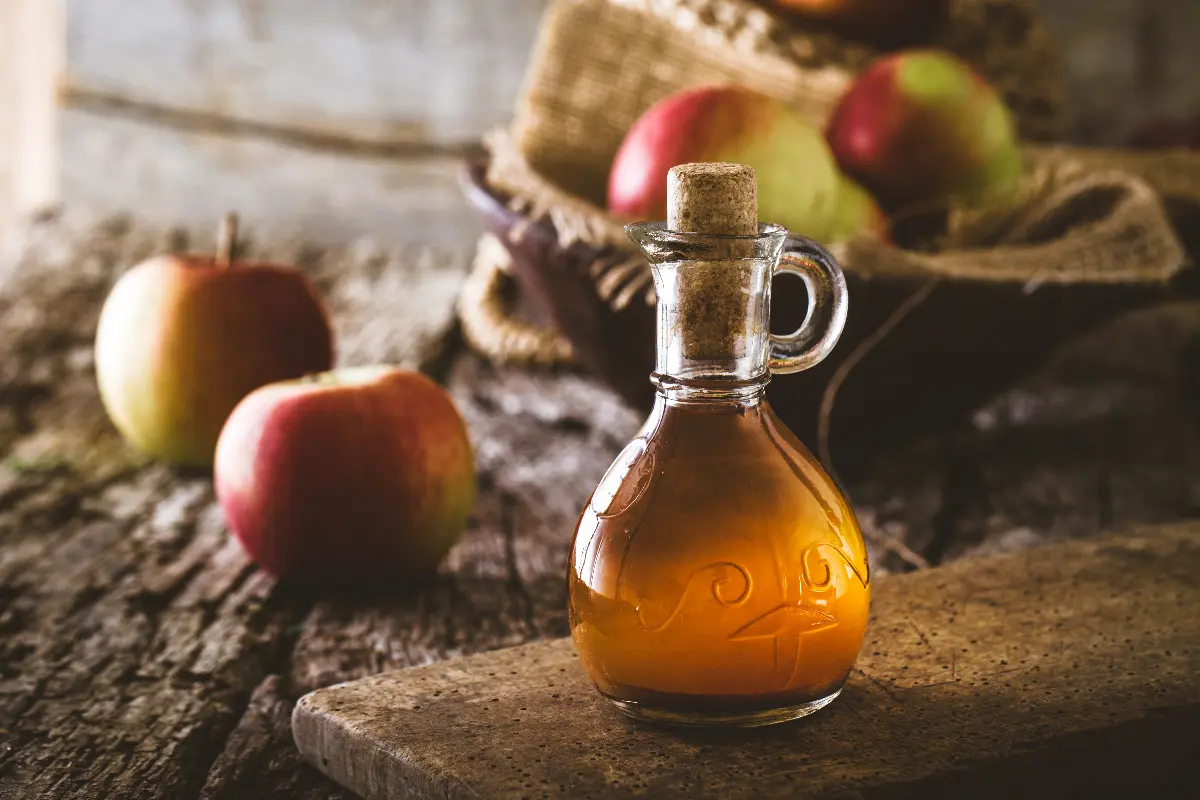
Helyszín címkék:
Even vinegar has its own museum We visited Acetania
Only its history and gastronomy are more attractive than the picturesque surroundings of Bodrogkeresztúr, located in the neighbourhood of Tokaj. The village, which has been inhabited since ancient times, is now a popular pilgrimage site, but in addition to the legendary stops on the “Csodarabbik útja” (Wonderful Rabbis’ Way), it is also worth visiting the vinegar museum on the outskirts of the village, where new dimensions opened up to the somewhat trouble-fated food.

It does not have a green bottle...
As soon as you enter the museum, it becomes clear that this vinegar is “different”. The smell that stirs you up as soon as you arrive has nothing to do with the unbearable, acrid, pungent smell that the word vinegar evokes in many of our memories. The reception area is actually a tasting room at the same time, but before you dive into the brightly coloured wine vinegars, head to the museum space in the cellar.
Not a dusty museum at all

The “Acetánia Ecetmúzeum” (Acetania Vinegar Museum) was founded by the “Bor- és Gyümölcsecetgyártók Egyesülete” (Association of Wine and Fruit Vinegar Producers), to create the possibility for anyone with an interest in gastronomy to learn about the history of the ancient art of vinegar making and about the biological fermentation of vinegar itself. With an informative short film and exciting objects on display, there is no room for boredom, and the modern space reveals everything there is to know about vinegar in a way that is straight to the point. Perhaps the most unusual of the objects on display is the mother vinegar, a living bacterial culture that resembles tripe in liquid. The owner, Ferenc Formanek, and fermentation engineer Anita Képíró brought this bizarre-looking spectacle home after studying in Austria, so that it could be the basis for their vinegars made from the best quality Tokaj wines. The process of making it is quite complex, first you need some kind of liquid containing ethyl alcohol, wine or fruit wine, additional nutrients, water, acetic acid bacteria and the right environment. During the process, the alcohol in the wine is fermented into acetic acid by acetic acid bacteria, then the vinegar is purified and filtered, and finally this unusual raw material is aged in oak barrels.
Rediscovering an ancient method
Fermented vinegar is not a new invention, it has been used for thousands of years, including in medicine. The ancient Romans, for example, put vinegar in drinking water to disinfect it, but it was also prescribed as a remedy for people suffering from various skin diseases. Of course, it has a long tradition not only in Europe but also in other parts of the world: in Asian gastronomy, rice vinegar also has a millennia-old history and today, Far Eastern dishes are still made with it. In Hungary, many people made vinegar at home, and there were many small and large factories all over the country until the Second World War. Then, unfortunately, the tradition faded, industrial vinegar preparations arrived and we forgot about this noble spice for a long time.
Heavenly fragrance, complex flavours
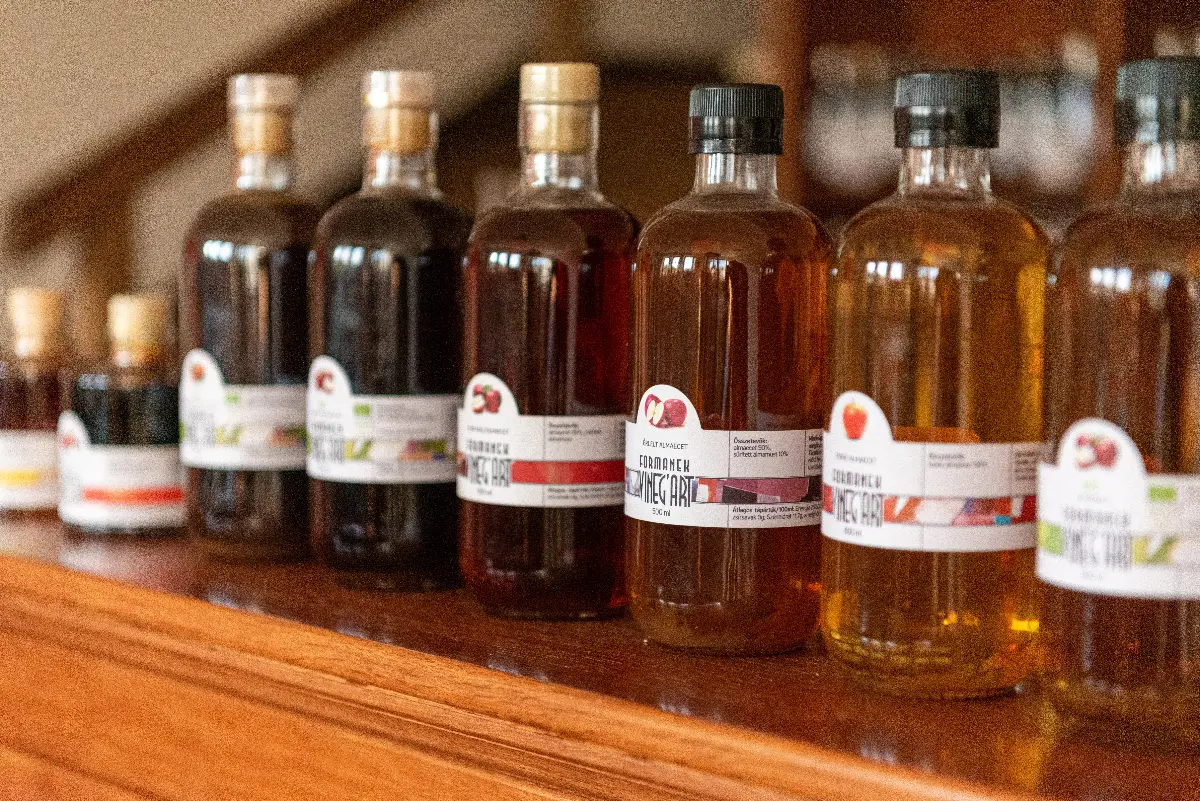
Tasting is a must-try part of a museum visit, once you have absorbed the smells and the history of vinegar, it’ll be time to experience what real wine vinegar is like. With specialities such as pear and lavender balsamic vinegar, quince vinegar or even cranberry and violet balsamic vinegar, it is fun to blindly test your taste buds and pair a vinegar with favourite dishes in your mind.
